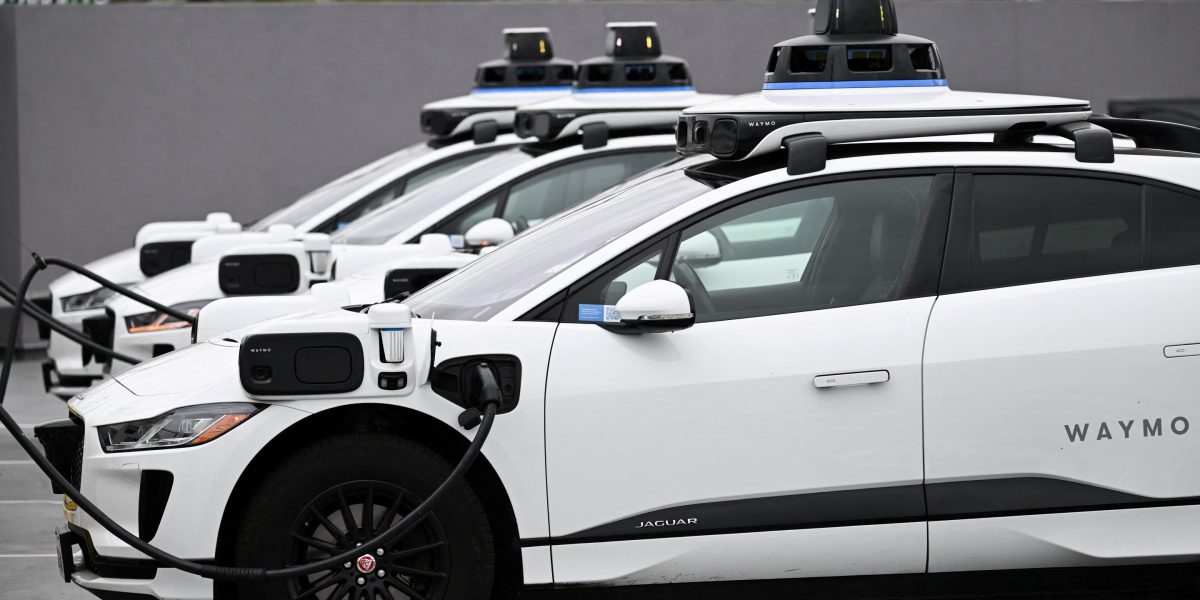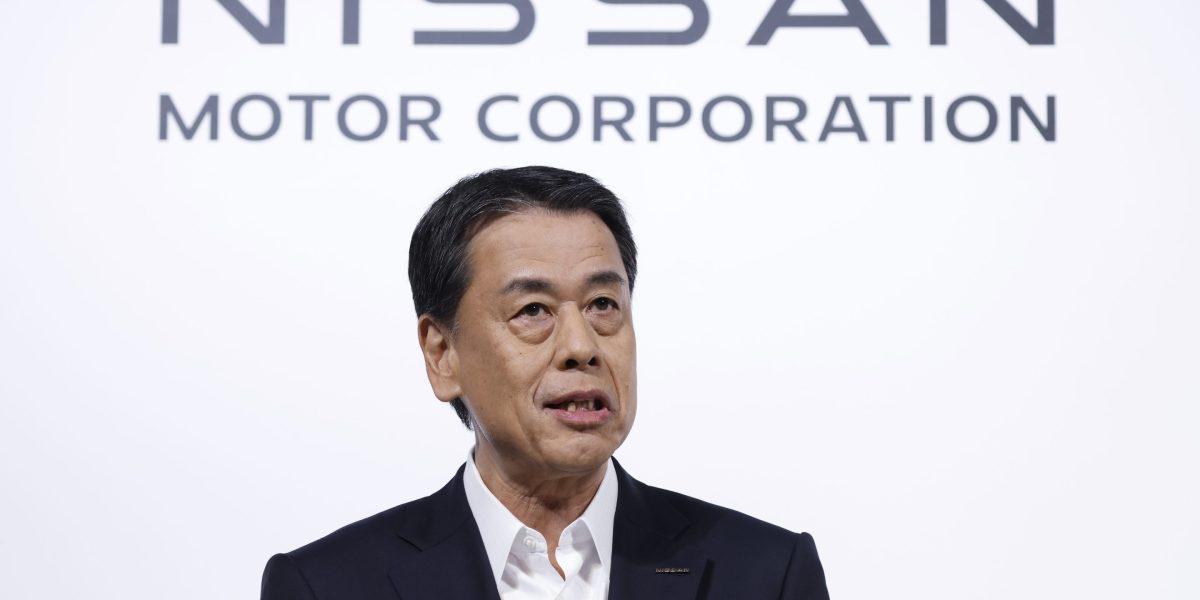Self-Driving Cars: The AI Silent Giant

Waymo, the self-driving vehicle company, has doubled its paid robo-taxi rides to 100,000 per week, marking a significant milestone in the autonomous vehicle industry. Yet, despite this progress and the crucial role of AI in self-driving technology, the conversation around AI largely ignores this sector.
Autonomous vehicles, from robo-taxis to self-driving trucks, rely heavily on AI. Companies like Waymo combine detailed maps with rule-based systems and real-time machine learning to navigate roads, while others are developing systems that rely even more on AI for real-time environmental assessments. AI not only makes self-driving technology possible, but it also highlights the inherent challenges of the technology. Accuracy, for example, is paramount in self-driving vehicles, as errors can have life-or-death consequences.
However, despite the critical role AI plays in self-driving cars, the subject receives little attention from the industry. While self-driving cars were once touted as the epitome of AI, companies like Waymo refrain from prominently mentioning AI on their websites. This stark contrast is particularly striking as other industries, from software to healthcare, are actively touting their AI applications.
The lack of emphasis on AI by self-driving companies is attributed to the strict regulatory environment surrounding the technology. Eran Ofir, CEO of Imagry, a company developing mapless AI autonomous driving software, explains that the industry is subject to tight regulations and a "closed community" that limits its engagement with the broader AI discussion.
Self-driving companies have faced significant challenges in obtaining permits and navigating regulations, with setbacks such as the recall of Cruise vehicles following an accident. However, the industry has made considerable progress in gaining public and regulatory trust, as evidenced by Waymo's expansion.
The emergence of generative AI, a type of AI model that creates new content, has further complicated the narrative. While generative AI has sparked debates around copyright, deepfakes, and its potential impact on society, it has also made the public more sceptical of AI technology in general. This heightened scrutiny makes associating self-driving vehicles with the current AI hype a potential risk for the industry.
Another key distinction lies in the aims of self-driving vehicles versus generative AI. While the goal of self-driving vehicles is to improve safety in an existing activity (driving), generative AI aims to make tasks faster and easier, sometimes at the expense of safety. The potential dangers of generative AI, including its role in scams, cybersecurity threats, and the creation of deepfakes, have further fuelled public apprehension towards AI.
This situation raises questions about how we evaluate the risks and impacts of different AI applications. Are self-driving cars simply AI-powered, or are they inherently AI technologies themselves? Does this distinction matter?
The diverse applications of AI require us to carefully consider the specific risks and benefits of each technology. While the debates around AI continue, one thing is clear: AI is already present in our lives, even on the roads we drive on every day. The future of self-driving cars and the broader AI landscape remains uncertain, but the role of AI in shaping our future is undeniable.





